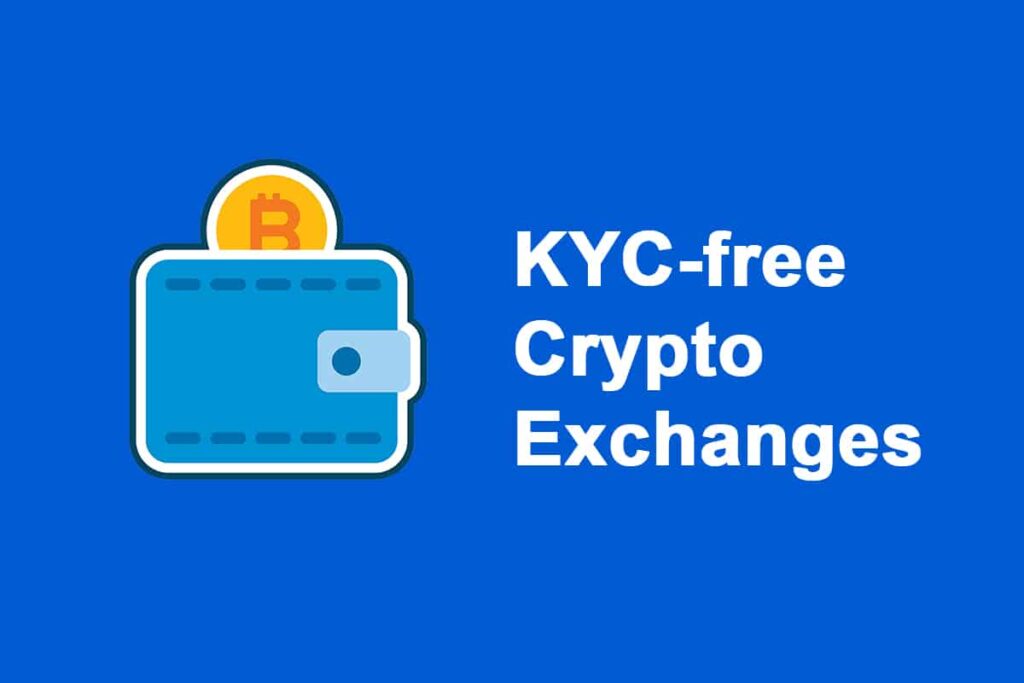The cryptocurrency market, known for its volatility and innovation, is also plagued by a persistent problem: disinformation. As billions of dollars move in and out of projects based on headlines, tweets, and hype, misleading or fake news has become a powerful tool to influence trader behavior. But where is this disinformation coming from? And is there any reason to suspect platforms like CoinMarketCap (CMC) are complicit, directly or indirectly?
1. What Is Disinformation in the Crypto Market?
In crypto, disinformation typically takes two forms:
- FUD (Fear, Uncertainty, Doubt): Negative news spread to create panic and drive prices down.
- FOMO (Fear of Missing Out): Exaggerated or false optimism to encourage buying at high prices.
These are used to manipulate market sentiment — whether to induce panic-selling or speculative buying.
2. How Fake News Impacts Trader Behavior
Due to the fast-moving and often speculative nature of crypto:
- Traders often act emotionally — selling during fear, buying during hype.
- Price swings become extreme based on rumors, not fundamentals.
- Retail investors tend to suffer losses, while whales and insiders profit.
The lack of regulatory oversight makes crypto especially vulnerable to coordinated manipulation through disinformation.
3. CoinMarketCap’s Role — Neutral Observer or Silent Actor?
As the most visited price aggregator, CoinMarketCap has significant influence. Traders rely on it for:
- Token rankings
- Price data
- Smart contract addresses
- News updates and social metrics
Have There Been Incidents?
Yes. Several controversies have cast a shadow:
- Phishing Campaign (2022): Verified CMC profiles were hacked and used to promote fake token sales, stealing over $130,000.
- Trending Tokens with Little Merit: Tokens often appear on CMC’s “Trending” list, prompting hype and buy-ins, only to collapse.
- False or misleading smart contracts displayed: In some cases, tokens listed with incorrect or malicious contract addresses caused users to lose funds.
While CMC did not directly commit fraud, its lack of tighter verification and moderation has exposed users to risk.
4. Conflict of Interest: Binance and CoinMarketCap
CoinMarketCap was acquired by Binance in 2020. Although it claims editorial independence, concerns have been raised:
- Does Binance benefit from certain projects being promoted or buried?
- Are metrics on CMC selectively curated?
So far, no public evidence proves intentional misconduct, but skepticism remains due to a lack of full transparency.
5. Who Benefits From Disinformation?
The answer reveals the darker side of crypto:
- Whales: Create or react to fake news to buy low or sell high.
- Pump-and-Dump Groups: Coordinate campaigns to drive prices up artificially, then exit.
- Influencers: Paid promotions disguised as unbiased reviews.
- Platforms: More clicks and traffic = higher ad revenue.
Even if CMC isn’t directly involved, it may profit passively from panic and hype.
6. How Can Traders Protect Themselves?
In an ecosystem full of noise, discipline is critical:
- Verify news from multiple credible sources.
- Use on-chain analytics tools to spot unusual behavior.
- Avoid emotional trading — don’t buy the top or sell the bottom based on headlines.
- Think independently: If something sounds too good (or too bad) to be true, it probably is.
Conclusion
Fake news has become an essential weapon in the arsenal of market manipulators. Whether it’s used by bulls or bears, disinformation hurts everyday traders the most.
While CoinMarketCap may not be actively deceiving users, its position of influence demands greater responsibility and transparency.
Until then, the best defense is not just better information — it’s a smarter, calmer trader who knows how to question everything.

